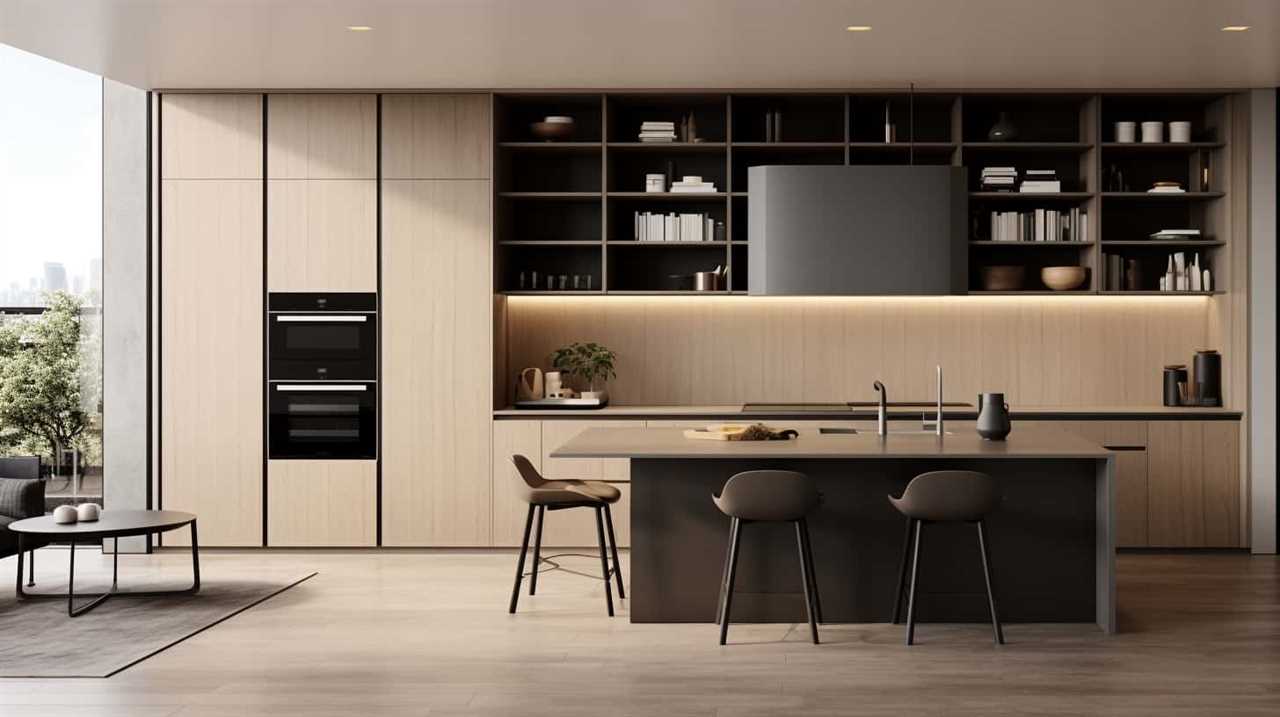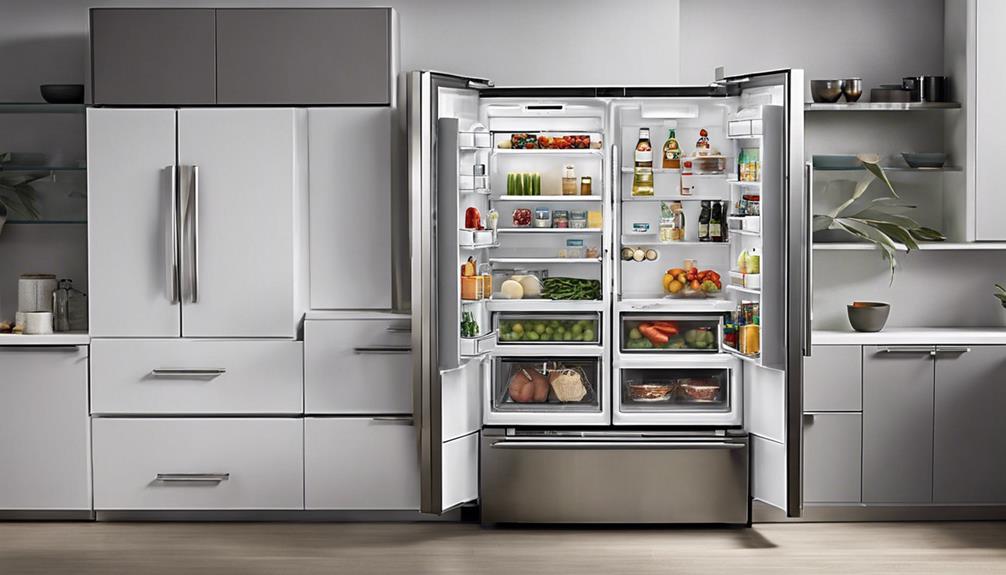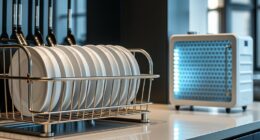In today’s interconnected world, it is important to consider if Indian appliances can function in the United States. Being aware of the variations in voltage standards, plug types, and power frequencies between the two countries is essential for those looking to use Indian appliances in the US.
This article aims to provide a comprehensive guide, offering insights into the compatibility of Indian appliances, tips for purchasing new appliances in the US, and addressing common challenges that may arise. By delving into the nuances of electrical systems and providing long-term solutions, this guide seeks to empower individuals with the knowledge required to make Indian appliances function seamlessly in the US.
So, let us explore the intricacies of this topic and uncover the possibilities that lie within.
Key Takeaways
- Indian appliances may not be directly compatible with US outlets due to differences in voltage and plug types.
- Adapters and voltage converters are necessary to ensure proper functionality of Indian appliances in the US.
- Power frequencies in India and the US differ, and power adapters or frequency converters can be used to adapt to the power frequency of the destination country.
- Safety precautions must be taken when using adapters and voltage converters to prevent electrical hazards and ensure safe and efficient use of Indian appliances in the US.
Voltage Standards in India and the US
Voltage standards in India and the US differ, posing potential compatibility issues for Indian appliances in the US. In India, the standard voltage is 230 volts at a frequency of 50 hertz, while in the US, it is 120 volts at a frequency of 60 hertz. This difference in voltage and frequency can cause problems for Indian appliances when used in the US.
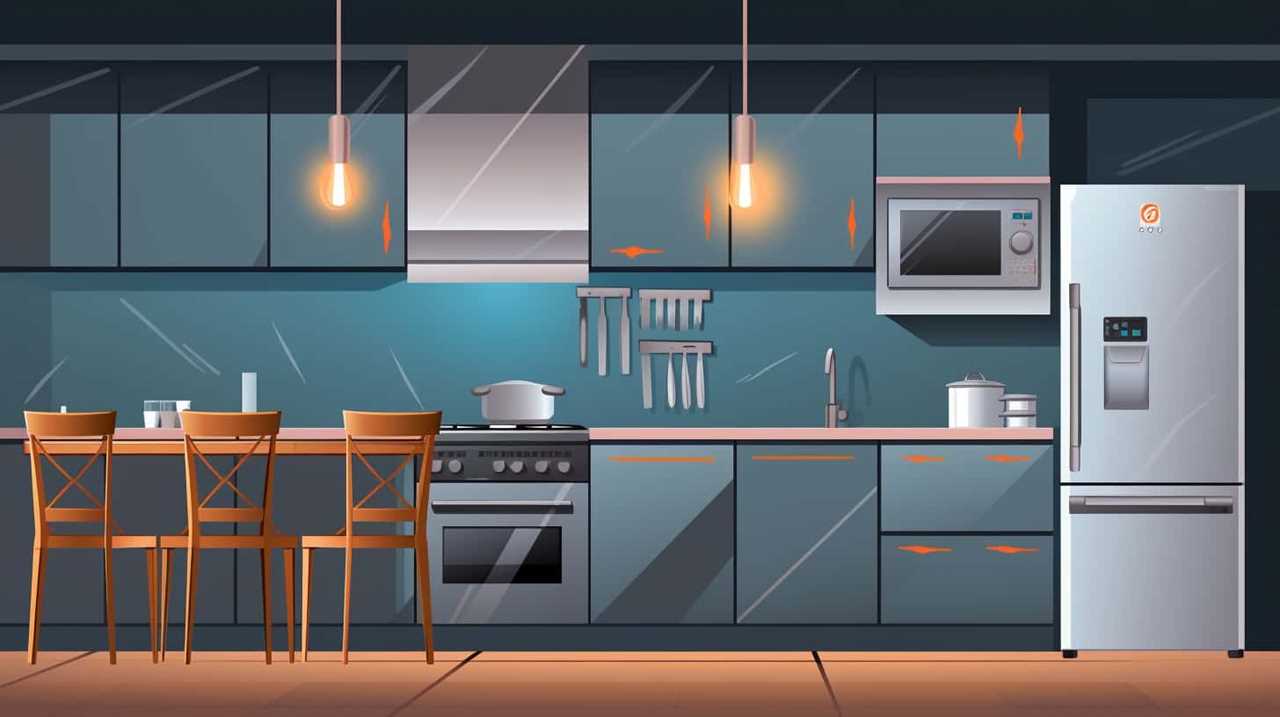
Firstly, the plug types in India and the US are different, requiring plug type compatibility adapters to ensure a proper connection. Additionally, the voltage difference can lead to damage or malfunctioning of Indian appliances in the US. Therefore, it is essential for Indian travelers or residents in the US to use voltage converters to adjust the voltage to match their appliances’ requirements.
These voltage converters can help avoid potential damage and ensure the safe and efficient operation of Indian appliances in the US.
Understanding Plug Types in India and the US
When it comes to plug compatibility between India and the US, there are some key differences to be aware of.
In India, the standard plug type is the Type D, which is a three-pin plug with round pins.

In the US, the standard plug type is the Type A or Type B, which is a two-pin plug with flat pins.
These differences in plug types mean that Indian appliances may not be directly compatible with US outlets, and the use of adapters or voltage converters may be necessary to ensure proper functionality.
Plug Compatibility Between India and US
To ensure compatibility between Indian and US appliances, it is essential to understand the plug types used in both countries. In India, the standard plug type is Type D, which has three round pins in a triangular pattern. On the other hand, the US uses Type A and Type B plugs, with Type A having two flat pins and Type B having two flat pins with an additional grounding pin. To better understand the differences, refer to the table below:
| Country | Plug Type |
|---|---|
| India | Type D |
| US | Type A, Type B |
When using Indian appliances in the US, it is important to use voltage converters to ensure that the voltage requirements of the appliances are met. Additionally, safety precautions must be taken when using adapters to plug Indian appliances into US sockets to prevent any electrical hazards. Understanding the plug compatibility between India and the US is just the first step, as we will now discuss the voltage differences and adapters in the next section.
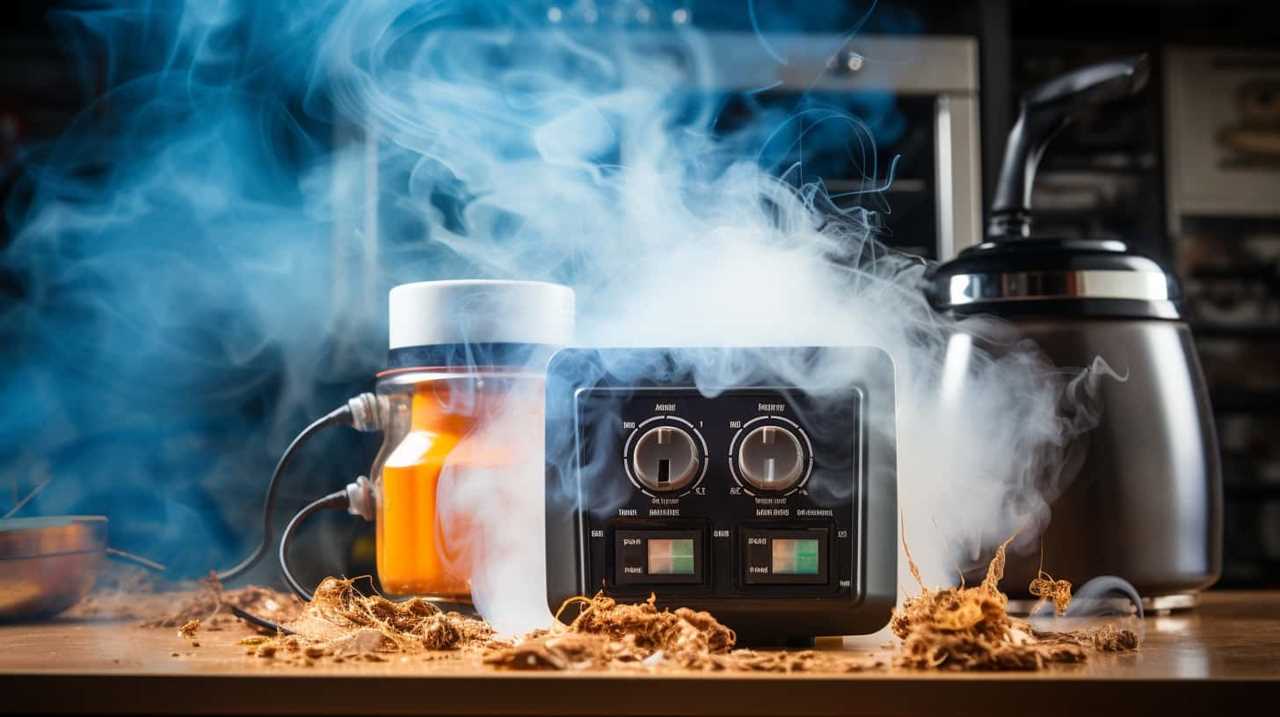
(Transition Sentence) Now that we have understood the plug compatibility, let’s delve into the voltage differences and the use of adapters.
Voltage Differences and Adapters
After understanding the plug compatibility between India and the US, it is crucial to explore the voltage differences and the use of adapters. Adapting voltage standards is necessary when using Indian appliances in the US or vice versa.
Here are five key points to consider:
- The voltage in India is 230 volts, while in the US it is 120 volts.
- Indian appliances designed for 230 volts may not function properly in the US due to the lower voltage.
- Adapters can be used to address the plug compatibility issue, but they do not change the voltage.
- Voltage converters or transformers are required to adapt the voltage of Indian appliances to the US standard.
- It is important to select a voltage converter that can handle the power requirements of the appliance to avoid damage or malfunction.
Understanding the voltage differences and using the appropriate adapters or converters is essential to ensure the proper functioning of Indian appliances in the US or US appliances in India.

Power Frequencies in India and the US
Power frequencies in India and the US differ, with India operating at 50Hz and the US operating at 60Hz. This difference in power frequencies can pose a challenge for using Indian appliances in the US or vice versa.
It is important to consider this compatibility issue and understand how to adapt to voltage differences when using appliances from one country in the other.
Compatibility of Power Frequencies
The compatibility of power frequencies between India and the US is a crucial consideration for determining whether Indian appliances can work in the US. The power frequency in India is 50 Hz, while in the US it is 60 Hz. This difference in frequency can cause issues when attempting to use Indian appliances in the US.
To address this, one option is to use a power adapter that can adapt the power supply to match the frequency of the destination country. Another option is to use a frequency converter, which converts the power frequency from 60 Hz to 50 Hz or vice versa.
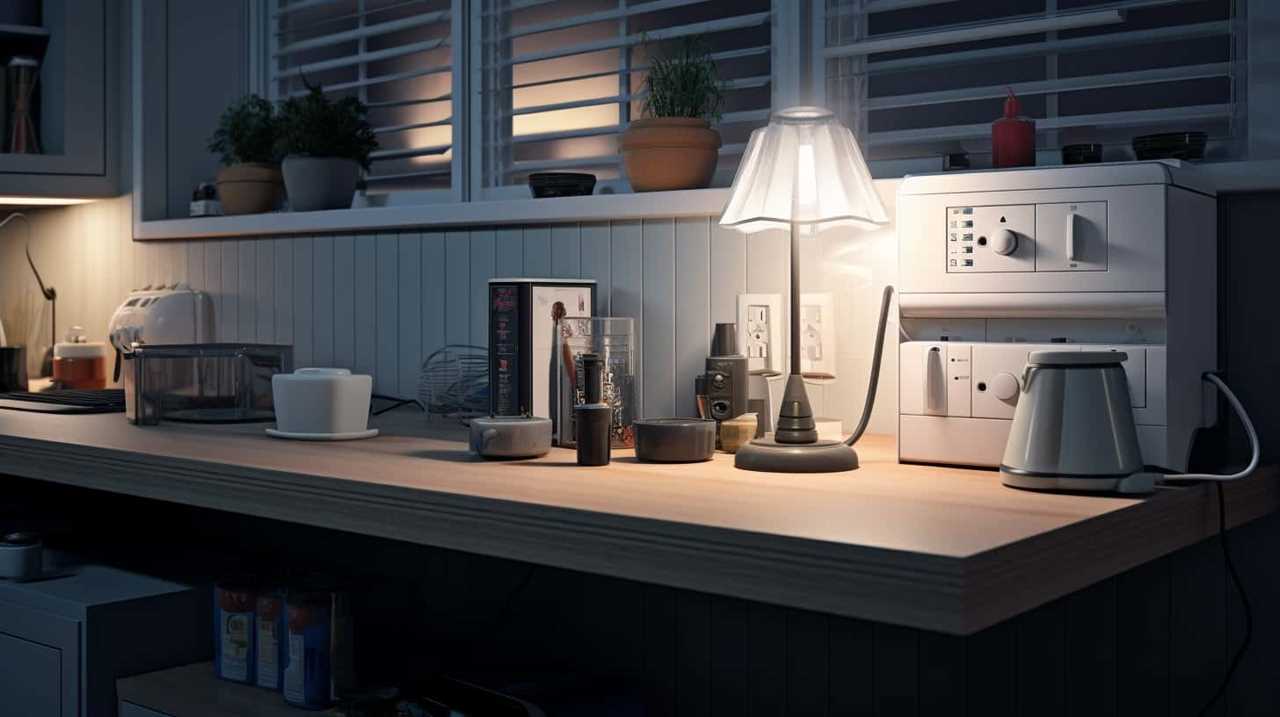
However, it is important to note that not all appliances are compatible with frequency conversion, so it is essential to check the appliance specifications before attempting to use it in a different country.
Adapting to Voltage Differences
To overcome the voltage differences between India and the US, proper adaptation is necessary for Indian appliances to function effectively in the US. This is because India operates on a 230V power system with a frequency of 50Hz, while the US operates on a 120V power system with a frequency of 60Hz.
One way to adapt Indian appliances to the US voltage is by using voltage converters. These converters can step down the voltage from 230V to 120V, allowing the appliances to work efficiently. However, it is important to take safety precautions when using voltage converters, such as ensuring that the converter has the appropriate wattage capacity and using a grounded outlet.
Additionally, it is crucial to check the compatibility of the appliance with the different power frequencies in both countries.
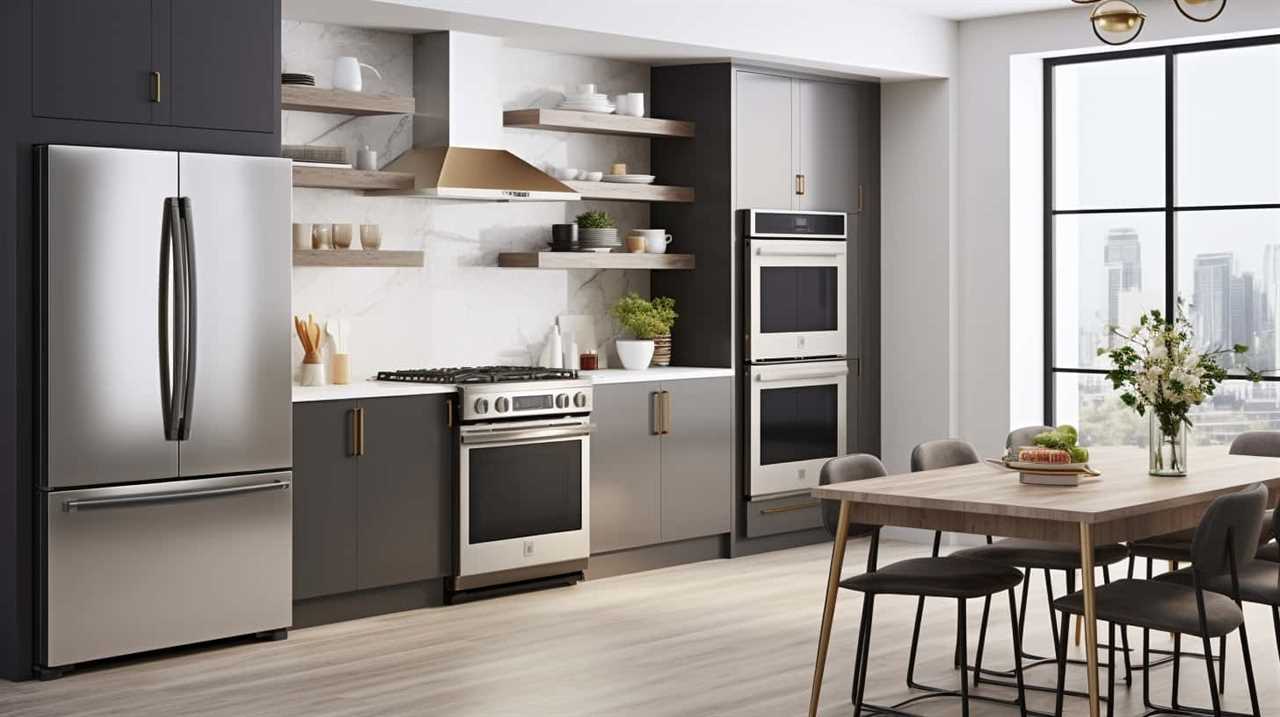
In the next section, we will explore the differences in electrical systems between India and the US.
Differences in Electrical Systems
With the variance in voltage and frequency between Indian and US electrical systems, compatibility of Indian appliances in the US poses a challenge. Here are some key differences to consider:
- Voltage: In India, the standard voltage is 230V, while in the US, it is 120V. Indian appliances designed for higher voltage may not function properly in the US without a voltage converter.
- Frequency: India operates on a 50Hz frequency, whereas the US uses 60Hz. Appliances sensitive to frequency variations may experience issues when used in a different system.
- Plugs and Outlets: Indian plugs have three round pins, while US outlets require flat pins. Adapters or plug converters are necessary to connect Indian appliances to US outlets.
- Safety Standards: Indian appliances may not meet the safety standards required in the US, posing potential risks of overheating, electrical shocks, or fire hazards.
- Warranty and Service: Indian appliances may have limited warranty coverage or service support in the US.
Understanding these differences is crucial to determining the compatibility of Indian appliances in the US.
Compatibility of Indian Appliances
When considering the compatibility of Indian appliances in the US, it is important to understand the voltage differences between the two countries. India operates on a 230V electrical system, while the US uses a 120V system.
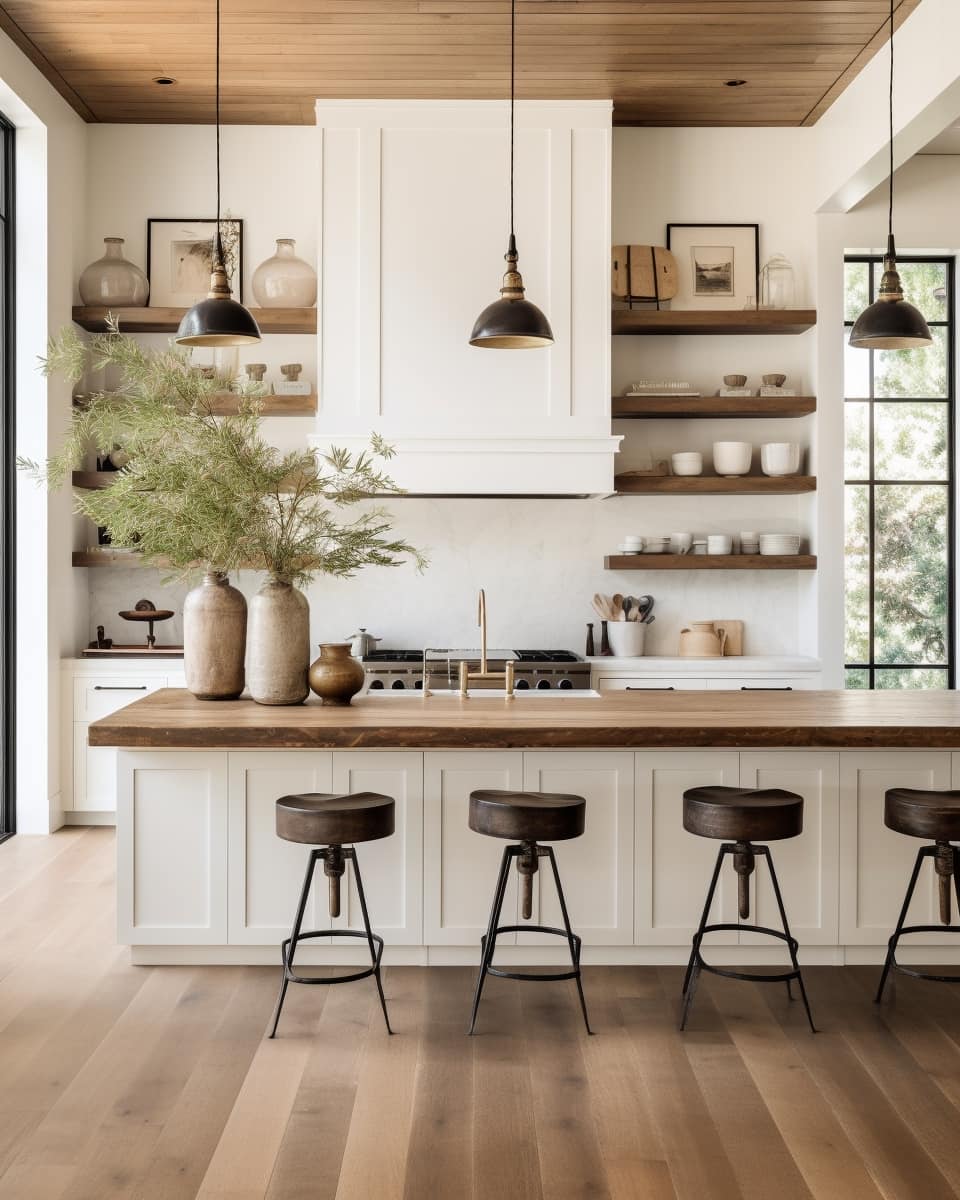
This means that Indian appliances may not function properly without the use of a voltage converter. Additionally, it is crucial to check the plug type compatibility, as India uses a different plug type than the US.
Voltage Differences Explained
Indian appliances may not be compatible with the voltage used in the US. This is due to the difference in electrical standards between the two countries. In India, the standard voltage is 230 volts, while in the US, it is 120 volts. This means that if you were to plug in an Indian appliance directly into a US outlet, it would not work properly and could potentially be damaged.
To address this issue, voltage converters can be used to convert the US voltage to the Indian standard voltage. These converters are designed to change the voltage from 120 volts to 230 volts, allowing Indian appliances to function correctly in the US. However, it is important to note that not all appliances are compatible with voltage converters, so it is essential to check the electrical compatibility of your specific appliance before using a voltage converter.
Plug Type Compatibility
To ensure the compatibility of Indian appliances in the US, it is important to consider the plug type compatibility.

In India, the standard plug type is Type C, which has two round pins. Meanwhile, the US uses Type A and Type B plugs, which have two or three flat pins respectively. This difference in plug types can pose a challenge when trying to connect Indian appliances to US outlets.
However, there are adapters available that can bridge this gap. These adapters allow Indian appliances to be plugged into US outlets by converting the plug type.
It is important to note that while adapters can address the plug type compatibility, they do not address the voltage differences between India and the US. Therefore, it is still necessary to consider voltage conversion or the use of voltage converters when using Indian appliances in the US.
Power Converter Requirements
In order to ensure the compatibility of Indian appliances in the US, it is essential to determine the power converter requirements. Here are some key points to consider when it comes to power converter options and safety:
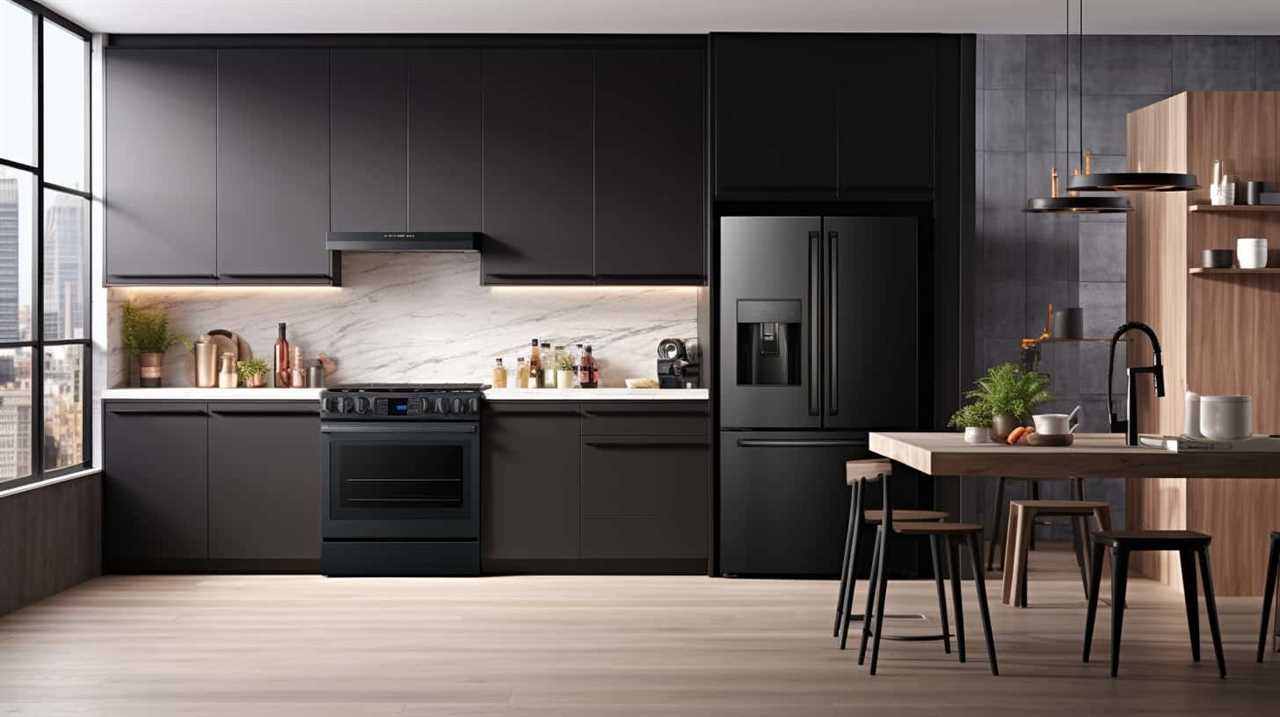
- Voltage Converter Options:
- Check the voltage requirements of your Indian appliances and compare them to the voltage available in the US, which is typically 120V.
- Look for voltage converters that can handle the wattage and voltage required by your appliances.
- Consider getting a step-down transformer if your Indian appliances require a higher voltage than the US standard.
- Power Converter Safety:
- Ensure that the power converter you choose is certified and meets safety standards.
- Look for features such as surge protection and overload protection to safeguard your appliances.
Step-Up/Step-Down Transformers
The compatibility of Indian appliances with the US can be achieved through the utilization of step-up/step-down transformers. These transformers serve the purpose of converting the voltage of electrical appliances from one level to another, ensuring that they can function properly in a different country with a different power supply. A step-up transformer is used to increase the voltage, while a step-down transformer is used to decrease the voltage.
To provide a clearer understanding, let’s take a look at the following table:
| Appliance | Voltage in India (V) | Required Voltage in US (V) |
|---|---|---|
| TV | 230 | 120 |
| Microwave | 230 | 120 |
| Laptop | 230 | 120 |
| Refrigerator | 230 | 120 |
As shown in the table, Indian appliances typically operate at a voltage of 230V, whereas the US operates at 120V. Therefore, a step-down transformer is necessary to adjust the voltage of Indian appliances to the US standard. This ensures that the appliances can operate safely and efficiently in the US without any damage or malfunction.
Using Voltage Converters
With the utilization of voltage converters, Indian appliances can be made compatible with the US power supply. Here are some key points to consider regarding voltage converter safety and the benefits of using voltage converters:

- Voltage Converter Safety:
- Ensure the voltage converter is of high quality and has the necessary safety certifications.
- Use the correct converter that matches the wattage and voltage requirements of the appliance.
- Regularly inspect the converter for any signs of damage or wear.
- Benefits of Using Voltage Converters:
- Allows Indian appliances to operate seamlessly in the US without the risk of damage.
- Provides a cost-effective solution compared to purchasing new appliances.
- Offers versatility as the same converter can be used for multiple appliances.
- Prevents potential electrical hazards by regulating the voltage supply.
- Extends the lifespan of Indian appliances by maintaining optimal voltage levels.
Using voltage converters ensures the safe and efficient operation of Indian appliances in the US.
Now, let’s move on to the next section about ‘adapters and plug converters’.
Adapters and Plug Converters
To ensure compatibility between Indian appliances and the US power supply, the use of adapters and plug converters is essential. Indian appliances typically have a different type of plug than those used in the US. Therefore, a plug adapter is required to connect the Indian appliance to a US power outlet.
These plug adapters are designed to fit the Indian plug into the US power outlet securely. It is important to note that plug adapters only address the issue of physical compatibility and do not convert the voltage. If the Indian appliance operates on a different voltage than the US power supply, a voltage converter is also required.

There are various voltage converter options available in the market, including step-up and step-down converters, which can convert the voltage to match the requirements of the Indian appliance.
Safety Considerations for Using Indian Appliances in the US
When considering the use of Indian appliances in the US, there are several safety considerations to keep in mind.
Firstly, voltage compatibility risks can pose a significant danger if the appliance is not designed to handle the higher voltage in the US.
Additionally, plug and socket differences may require the use of adapters or converters, which can introduce potential fire and overheating hazards if not used properly.
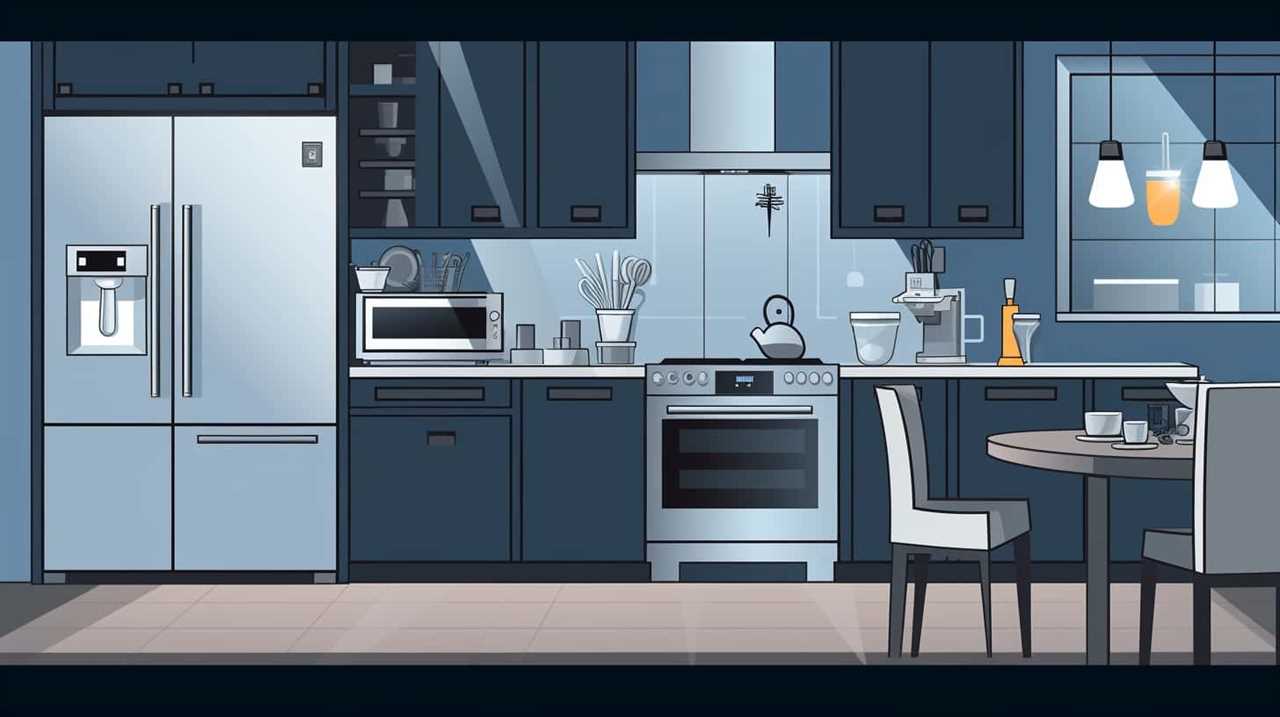
It is crucial to assess these safety factors to ensure the safe and efficient use of Indian appliances in the US.
Voltage Compatibility Risks
The article explores the voltage compatibility risks that arise when using Indian appliances in the US. It is important to understand the differences in voltage standards between the two countries to ensure the safe operation of these appliances.
Here are some key points to consider:
- Voltage Conversion Techniques:
- Use of voltage converters or transformers to match the Indian appliance’s voltage requirements with the US electrical system.
- Selecting the appropriate converter based on the appliance’s power consumption and voltage rating.
- Safety Precautions:
- Checking the appliance’s voltage rating and power consumption before connecting it to the US electrical system.
- Ensuring that the voltage converter or transformer is of good quality and meets safety standards.
- Following the manufacturer’s instructions for proper installation and usage of the voltage conversion equipment.
- Regularly inspecting the equipment for any signs of damage or wear.
Plug and Socket Differences
In considering the safety of using Indian appliances in the US, it is important to address the differences in plug and socket configurations between the two countries.

India uses a plug type known as the ‘Type D’ or ‘BS-546’ plug, which is not compatible with the standard plug types used in the US such as the ‘Type A’ and ‘Type B’ plugs. This means that Indian appliances cannot be directly plugged into US outlets without the use of an adapter.
Furthermore, even with the use of an adapter, certain safety considerations need to be taken into account. It is essential to ensure that the power converter used is suitable for the specific appliance and that it can handle the voltage and frequency differences between the two countries. Failing to use the appropriate power converter can lead to damage to the appliance or even pose a safety hazard.
Therefore, when using Indian appliances in the US, it is crucial to consider plug type compatibility and power converter requirements to ensure safety and proper functioning.
Fire and Overheating Hazards
Using Indian appliances in the US can pose fire and overheating hazards, necessitating careful safety considerations. To ensure fire safety and appliance compatibility, here are some important factors to keep in mind:

- Voltage and Frequency: Indian appliances typically operate on 220-240 volts at 50 Hz, while the US uses 120 volts at 60 Hz. Using a transformer or voltage converter is crucial to prevent overheating and potential fires.
- Wattage and Amperage: Indian appliances may have higher wattage and amperage requirements than what US electrical systems can handle. Checking the power ratings and using appropriate circuit breakers or fuses is essential to avoid electrical overload.
- Plug and Socket Types: Indian appliances often have different plug and socket configurations. Adapters or rewiring may be necessary to ensure a secure connection and prevent electrical faults.
- Heating Elements: Some Indian appliances, like electric stoves or water heaters, may have different heating element designs. Understanding these differences and their compatibility with US electrical standards is vital for fire safety.
- Quality and Certification: Ensuring that Indian appliances meet US safety standards and certifications, such as UL (Underwriters Laboratories), is crucial to minimize fire and overheating risks.
Potential Risks of Incompatible Appliances
There are inherent risks associated with using incompatible Indian appliances in the US. One of the primary concerns is the use of plug adapters, which are often necessary to connect Indian appliances to US electrical outlets. While these adapters may physically fit the outlets, they do not necessarily address the differences in voltage and frequency between the two countries. This can result in electrical safety hazards such as short circuits, overheating, and even electrical fires.
It is important to note that plug adapters alone cannot guarantee the safe operation of incompatible appliances. To mitigate these risks, it is recommended to use voltage converters and transformers designed specifically for Indian appliances in order to ensure proper voltage conversion and prevent potential damage or accidents.
Alternatives to Using Indian Appliances in the US
To address the potential risks associated with using incompatible Indian appliances in the US, individuals can explore alternative options for their electrical needs. Adapting to US electrical standards may require finding compatible appliances in the US market. Here are some alternatives to consider:
- Purchase appliances specifically designed for the US market: Look for appliances that are certified to meet US electrical standards, such as those with the UL (Underwriters Laboratories) mark.
- Use voltage converters or transformers: These devices can help convert the voltage from Indian appliances to match the US electrical system. However, it is important to ensure compatibility and wattage requirements.
- Hire a professional electrician: An electrician can assess the electrical system and make necessary modifications to accommodate the use of Indian appliances.
- Explore smart appliances: Many smart appliances are designed to be compatible with different electrical systems, allowing for seamless integration.
- Invest in universal adapters: Universal adapters can help connect Indian appliances to US outlets, but they may not address voltage differences.
Tips for Purchasing New Appliances in the US
When purchasing new appliances in the US, individuals should consider factors such as energy efficiency, compatibility with US electrical standards, and warranty options. Energy efficiency is an important consideration as it not only helps reduce utility bills but also contributes to a greener environment. Appliances that meet Energy Star ratings are recommended for maximum efficiency. Compatibility with US electrical standards is crucial to ensure that the appliances can be safely used without the need for adapters or converters. Additionally, individuals should explore warranty options offered by manufacturers to protect their investment. To assist in the decision-making process, the table below provides a comparison of purchasing options and brand recommendations for new appliances in the US.

| Purchasing Options | Brand Recommendations |
|---|---|
| Online retailers | Samsung, LG, Whirlpool |
| Brick-and-mortar stores | General Electric, Maytag, Kenmore |
| Authorized dealers | Bosch, KitchenAid, Frigidaire |
Considering these factors and exploring the recommended brands will help individuals make informed decisions when purchasing new appliances in the US.
Common Challenges With Indian Appliances in the US
One common challenge with Indian appliances in the US is their compatibility with the different voltage and electrical standards. Indian appliances typically operate on a 220-240V power supply, which is not the standard voltage used in the US, where the standard voltage is 110-120V.
This voltage difference can cause Indian appliances to not function properly or even get damaged when plugged into US outlets. To overcome this challenge, voltage converters can be used to step down the US voltage to match the requirements of the Indian appliances.
However, there are some safety considerations to keep in mind when using voltage converters, such as ensuring the converter can handle the power load of the appliance and using surge protectors to prevent damage to the appliances.

Long-Term Solutions for Using Indian Appliances in the US
A reliable long-term solution for using Indian appliances in the US is to invest in voltage converters and adapters that can effectively bridge the electrical compatibility gap between the two countries. Adapting to US electrical standards can be a challenge, as India operates on a 230-volt electrical system with a frequency of 50Hz, while the US uses a 120-volt system with a frequency of 60Hz. By using voltage converters, which can step down the voltage from 230 to 120 volts, and adapters, which can convert the Indian plug to fit into US outlets, Indian appliances can be safely used in the US. Finding suitable voltage converters and adapters is crucial to ensure the appliances work efficiently and safely.
| Voltage Converter | Adapter | Compatibility |
|---|---|---|
| Step-down converter | Indian to US plug adapter | Converts voltage to 120V |
| Auto-transformer | Universal adapter | Works with multiple devices |
| Voltage regulator | Grounded adapter | Stabilizes voltage |
These solutions provide a practical way to use Indian appliances in the US, allowing individuals to enjoy the convenience of their favorite appliances without the need for expensive replacements. In the next section, we will discuss the conclusion and summarize the key points for making Indian appliances work in the US.
Conclusion: Making Indian Appliances Work in the US
To ensure the successful operation of Indian appliances in the US, it is essential to implement reliable long-term solutions such as voltage converters and adapters. These solutions enable the appliances to operate seamlessly in a different electrical system.
Here are some key considerations to make Indian appliances work in the US:

- Voltage Converters: These devices convert the US voltage (110-120V) to the Indian voltage (220-240V), allowing Indian appliances to function properly.
- Plug Adapters: Since the US and India have different plug types, adapters are necessary to connect Indian appliances to US power outlets.
- Compatibility Checks: Before using Indian appliances in the US, it’s important to verify their compatibility with the US electrical system and ensure they are safe to use.
- Wattage Ratings: Check the wattage ratings of Indian appliances to ensure they are within the capacity of the voltage converter being used.
- Safety Measures: Follow all safety guidelines and instructions provided by the manufacturers of the appliances and voltage converters.
Frequently Asked Questions
Can I USe an Indian Appliance in the US Without USing a Voltage Converter or Transformer?
Using Indian appliances in the US without a voltage converter or transformer is not recommended. However, alternative options such as purchasing appliances with dual voltage capabilities or using voltage conversion methods can be considered.
Are All Indian Plug Types Compatible With US Electrical Outlets?
The compatibility of Indian plug types with US electrical outlets depends on the differences between Indian and US electrical standards. To safely use Indian appliances in the US without a voltage converter, it is important to understand these differences.
What Are the Potential Risks of Using an Incompatible Indian Appliance in the Us?
Potential dangers and safety concerns arise when using incompatible Indian appliances in the US. Risk of electrical malfunctions, fires, and damage to the appliance and electrical system are significant. Proper research and necessary adaptations are crucial to ensure safety.
Are There Any Alternatives to Using Indian Appliances in the Us?
There are viable alternatives to using Indian appliances in the US, considering the challenges associated with compatibility. Exploring local appliance options or utilizing voltage converters and plug adapters can be practical solutions.

What Are Some Tips for Purchasing New Appliances in the US That Are Compatible With Indian Electrical Standards?
When purchasing new appliances in the US, it is important to consider their compatibility with Indian electrical standards. Tips for buying such appliances include ensuring voltage converters/transformers are used to accommodate the different electrical systems.
Conclusion
In conclusion, it is possible to use Indian appliances in the US with some adaptations. However, due to differences in voltage standards, plug types, and power frequencies, compatibility issues may arise. It is important to consider these factors when purchasing new appliances in the US.
While there are common challenges with Indian appliances in the US, long-term solutions such as using voltage converters or purchasing dual-voltage appliances can help overcome these obstacles. Ultimately, making Indian appliances work in the US requires careful consideration and appropriate measures to ensure compatibility and safety.
Idiom: ‘Navigating the electrical landscape between India and the US can be like trying to fit a square peg in a round hole.’

